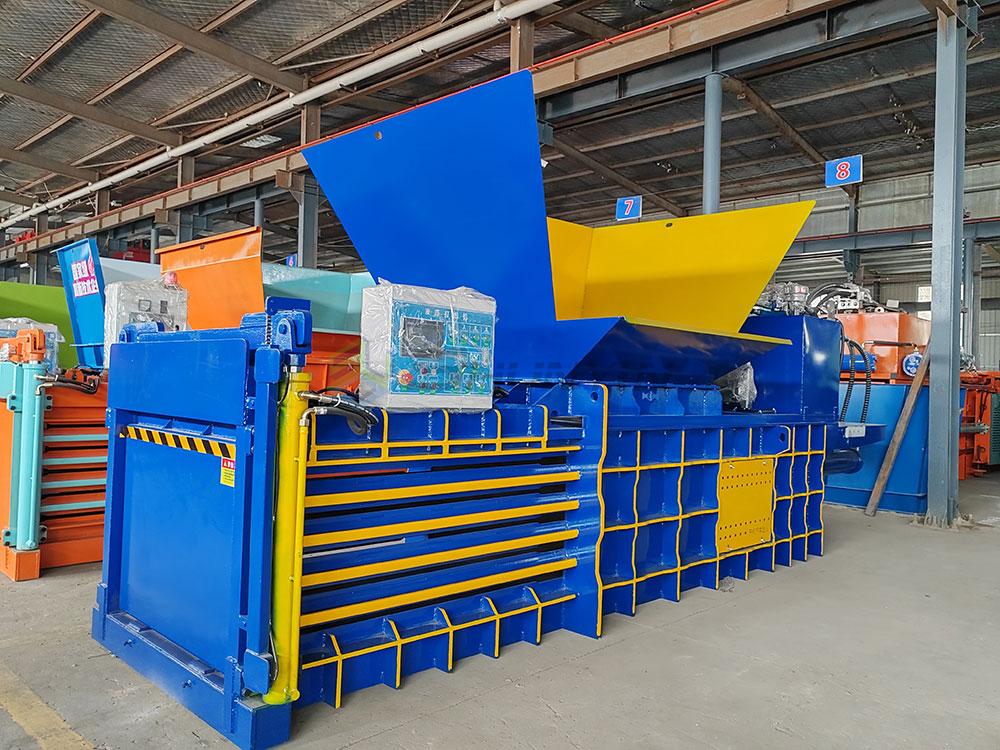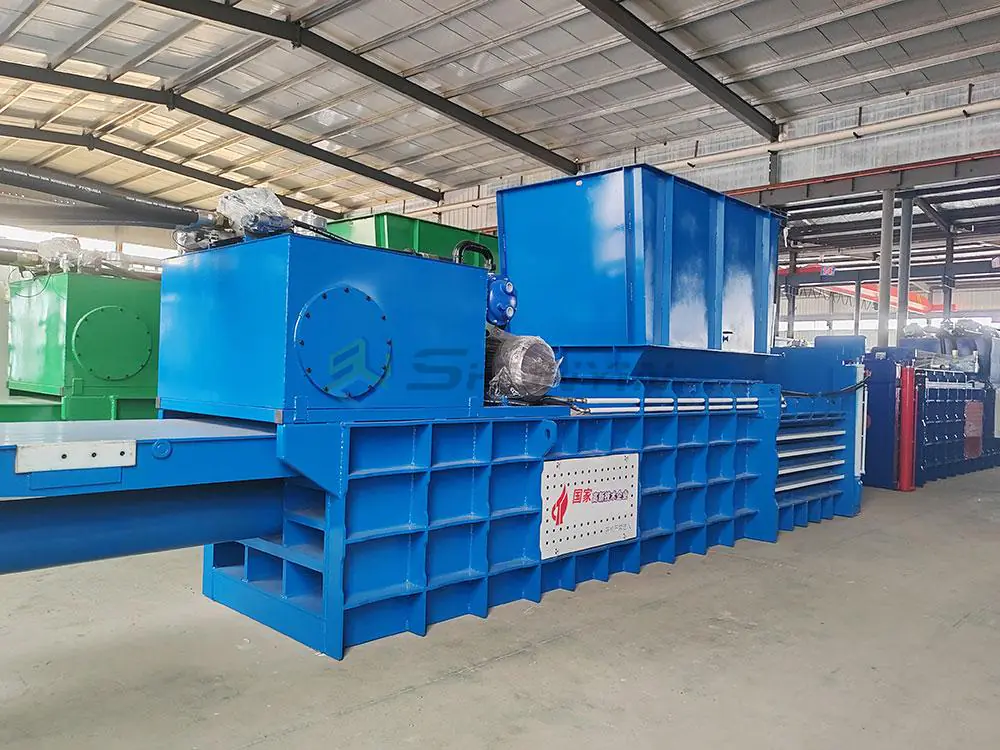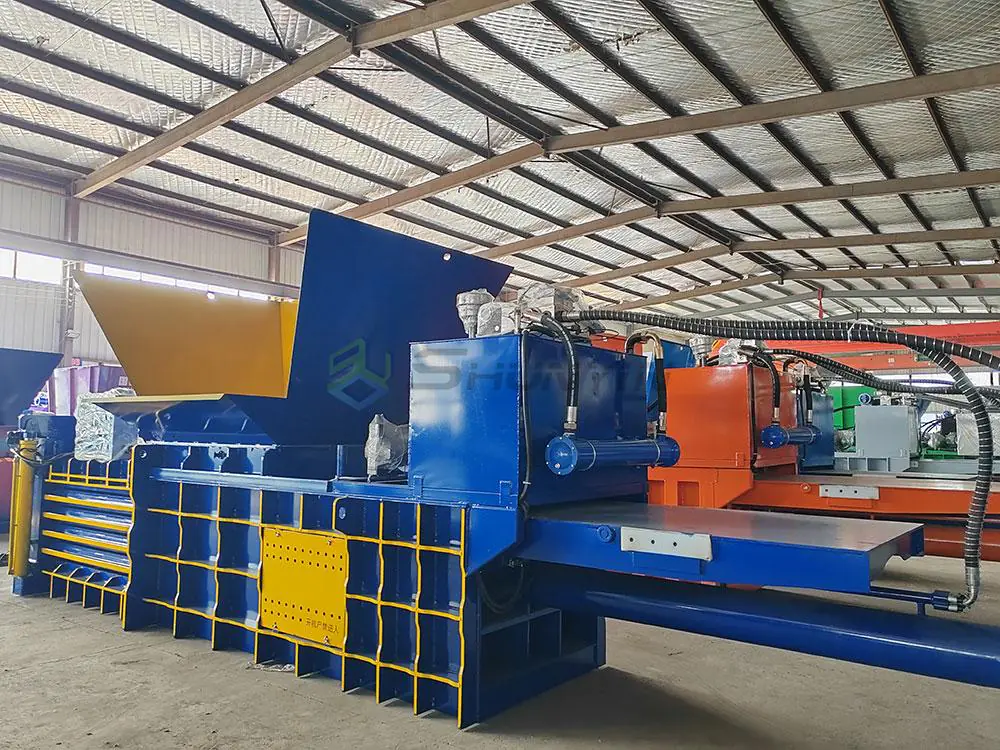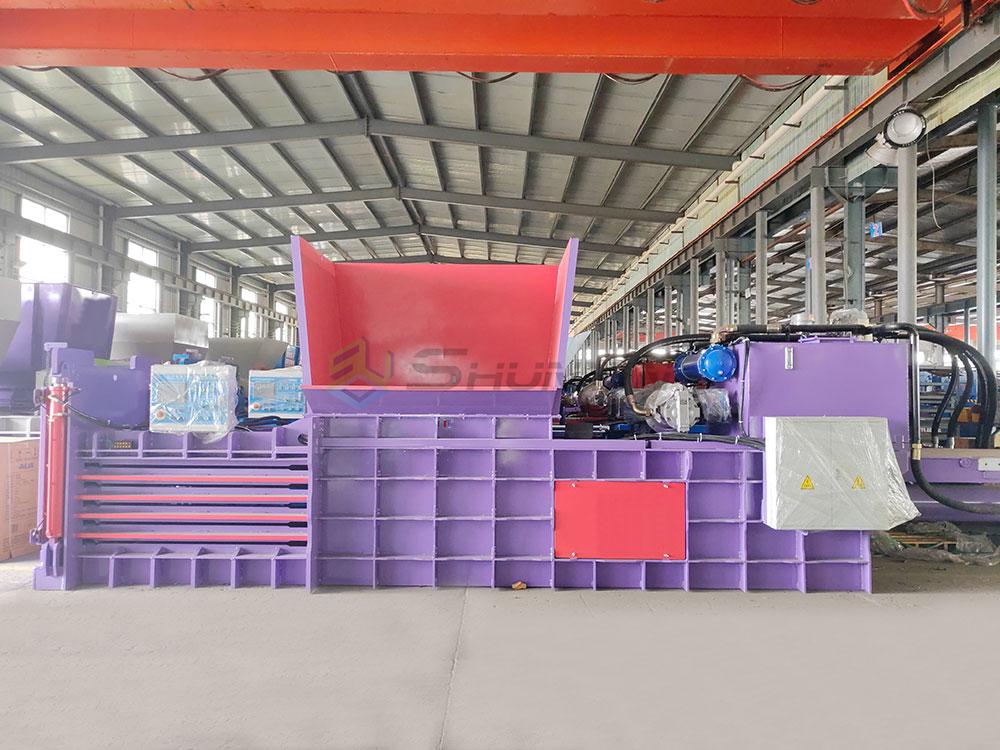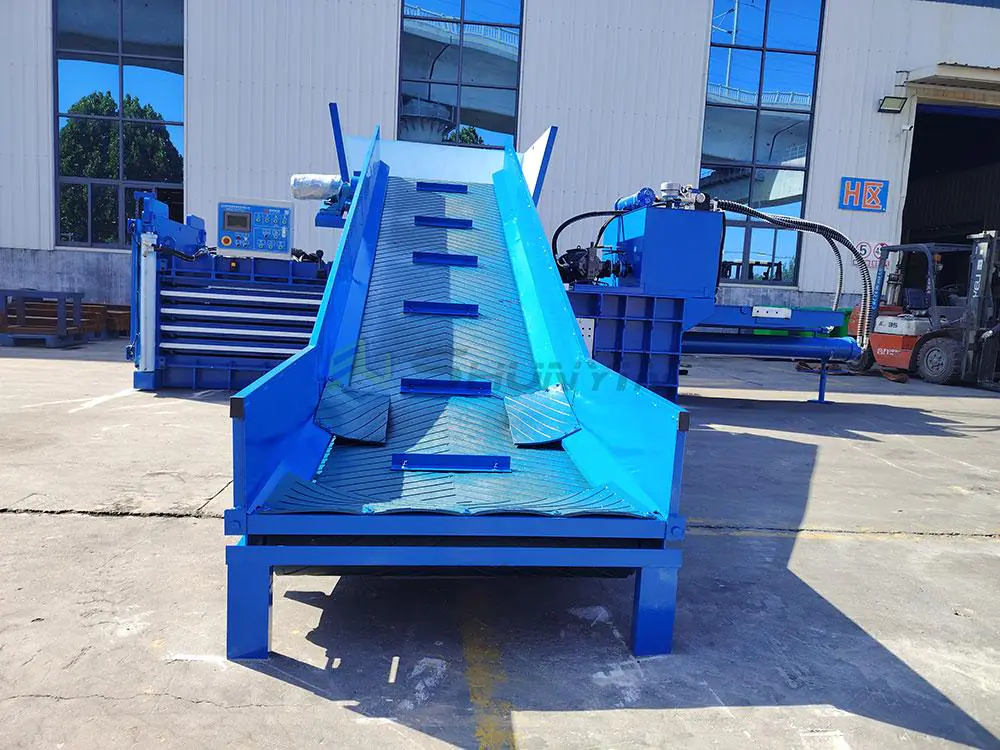Uncompacted cardboard consumes 35% warehouse space weekly. Manual baling wastes labor hours. Hydraulic systems compress materials 60x faster while reducing safety incidents by 80%.
Hydraulic horizontal cardboard balers deploy piston-driven mechanical force to achieve 500kg/m³ density bales, slashing waste volume 8:1 and transforming storage efficiency for warehouses processing 3+ tons weekly.
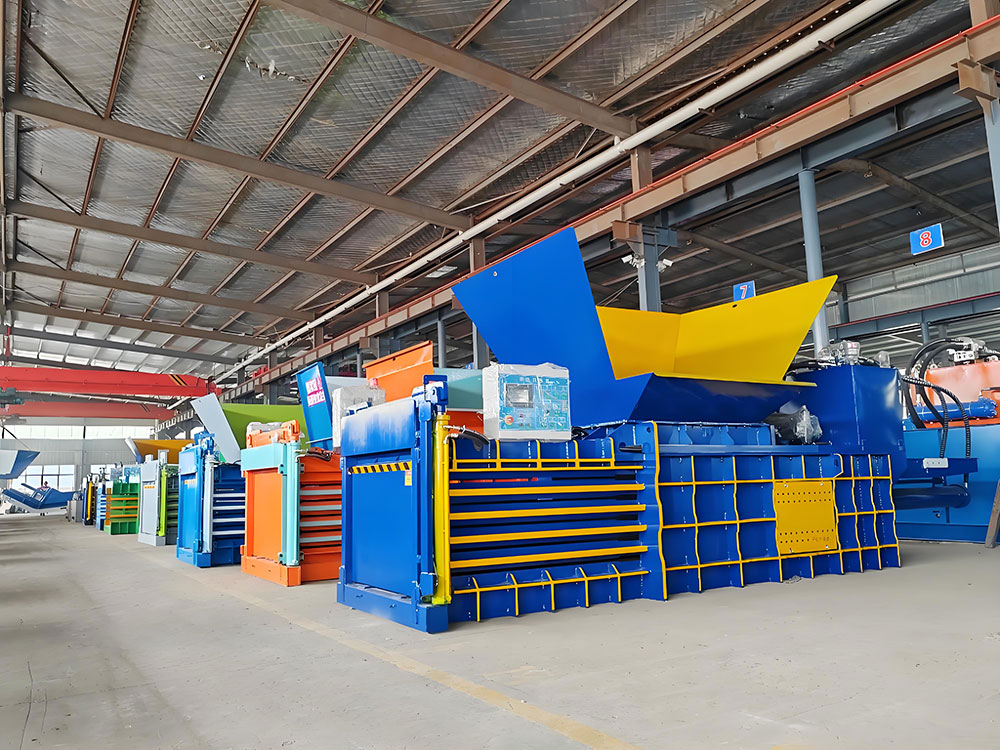
Not all equipment solves core problems. Discover hydraulic advantages, ideal configurations, and profit calculations.
Are Cardboard Balers Hydraulic?
Manual compression strains workers daily? Standard compactors fail with 200kg+ volumes. Over 95% industrial cardboard balers utilize hydraulic systems for unmatched material handling capacity1.
Yes, modern cardboard balers predominantly feature hydraulic technology using pressurized fluid to generate 20-300 tons compression force, achieving consistent 350+kg density bales impossible with manual mechanisms.
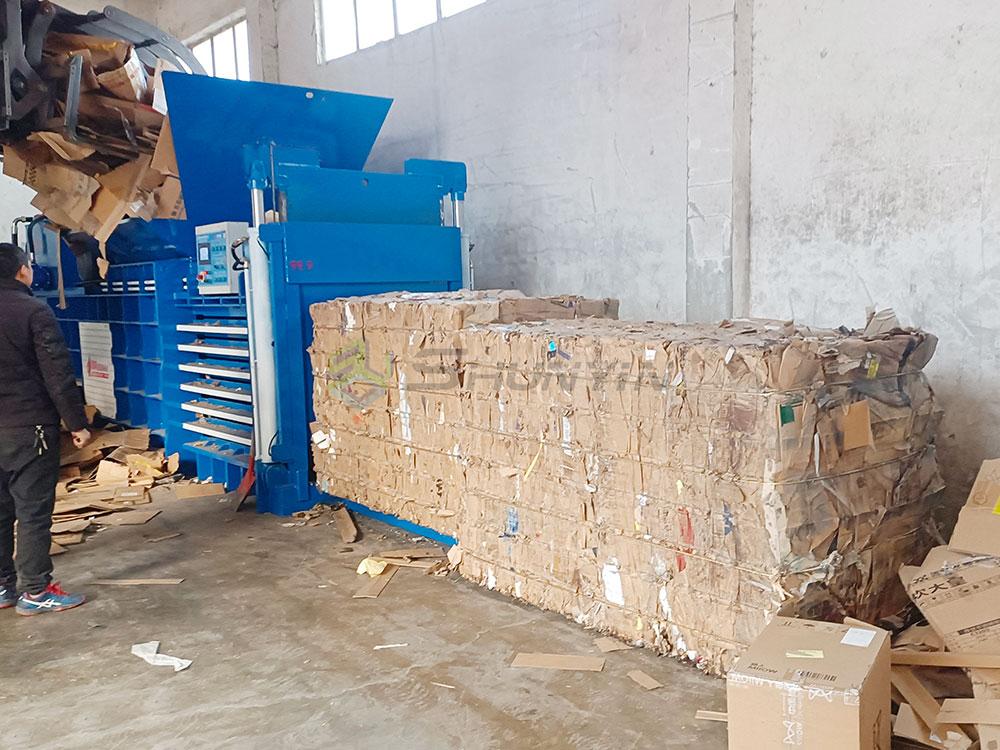
Comparing Compression Methodologies
Performance Comparison
| Parameter | Mechanical Baler | Hydraulic Baler | Improvement |
|---|---|---|---|
| Max Force | 20 tons | 300 tons | 1400% |
| Bale Density | 180 kg/m³ | 850 kg/m³ | 372% |
| Daily Capacity | 3 tons | 45 tons | 1400% |
| Labor Required | 2 operators | Automatic | 50% reduction |
Hydraulic System Advantages
-
Pressure Consistency
- Proportional valves maintain force uniformity
- Eliminates bale variability
- Critical for recycling facility acceptance
-
Component Lifespan Part Hydraulic Baler Mechanical Baler Moving Parts 80% fewer Frequent replacements Frame Stress Even distribution Structural fatigue Maintenance Quarterly Weekly
Singapore client doubled production after switching to hydraulic operations. Want force tests for your cardboard? Contact us: WhatsApp 0086 13505379893.
What Is the Best Baler for Cardboard?
Mixed material streams jam 85% vertical balers2 monthly. Overheating stops operations during peak loads. Horizontal balers outperform with specialized configurations for cardboard throughput.
Horizontal hydraulic balers provide optimal cardboard processing through twin-hydraulic-cylinder compression forces (100-250 tons), dedicated conveyor feed systems, and static pressure phases for maximum density retention.

Key Selection Factors
Configuration Comparison Guide
| Feature | Vertical Baler | Horizontal Baler | Advantage |
|---|---|---|---|
| Chamber Design | Up-down motion | Front-loading | 90% easier loading |
| Bale Ejection | Manual | Automated pusher | 75% time saved |
| Density Range | 250kg/m³ | 850kg/m³ | 240% higher |
Critical Cardboard Parameters
-
Material Flow Optimization
- Slanted chamber roofs prevent jamming
- Magnetic separators remove metal contaminants
- Minimum 25-ton door seal pressure
-
Specialized Modifications Cardboard Condition Required Feature Benefit OCC (Old Corrugated) Pre-press panel 35% density gain Wet Material Stainless hopper Avoids rust issues Mixed Streams Multi-chamber Separates paper grades
ShunYin Machinery retrofitted Mexico facility: cardboard bale quality improved 60% with customized feed systems. Request configuration blueprint: https://lemonchiffon-shark-638535.hostingersite.com/contact/
Are Cardboard Balers Worth It?
Landfill fees drain $150,000/year per warehouse. Storage inefficiency costs $200/m² monthly. Our clients report 11-month ROI via waste reduction3 and bale revenue streams.
Cardboard balers deliver 135% average ROI through 85% volumetric reduction savings, $70-120/ton bale sales revenue, and recovered space for higher-profit storage activities.

Detailed Financial Breakdown
Annual Cost Offset Analysis
| Expense Category | Without Baler | With Baler | Savings |
|---|---|---|---|
| Waste Removal | $125,000 | $18,000 | 85.6% |
| Labor | $86,000 | $22,000 | 74.4% |
| Storage Loss | $180,000 | $15,000 | 91.6% |
| Total | $391,000 | $55,000 | 86% |
Hidden Profit Generators
-
Transportation Optimization
1 trailer = 20 tons vs. 3 tons loose
83% fewer shipments -
Safety Costs
58% fewer material handling injuries
27% lower insurance premiums
Japanese distributor added $45,000/month profit with our turnkey solution. Calculate your savings: [email protected]
What Is the Cost of a Cardboard Baler?
Undisclosed freight charges inflate prices 45%. Customs surprises delay shipments weeks. Transparent pricing includes full certification and installation documentation.
Cardboard baler pricing spans $25,000–$210,000 depending on capacity (3-60 tons/day), chamber size (100x120cm–240x150cm), hydraulic power (20-250 tons), and material-grade steel thickness (10-30mm).
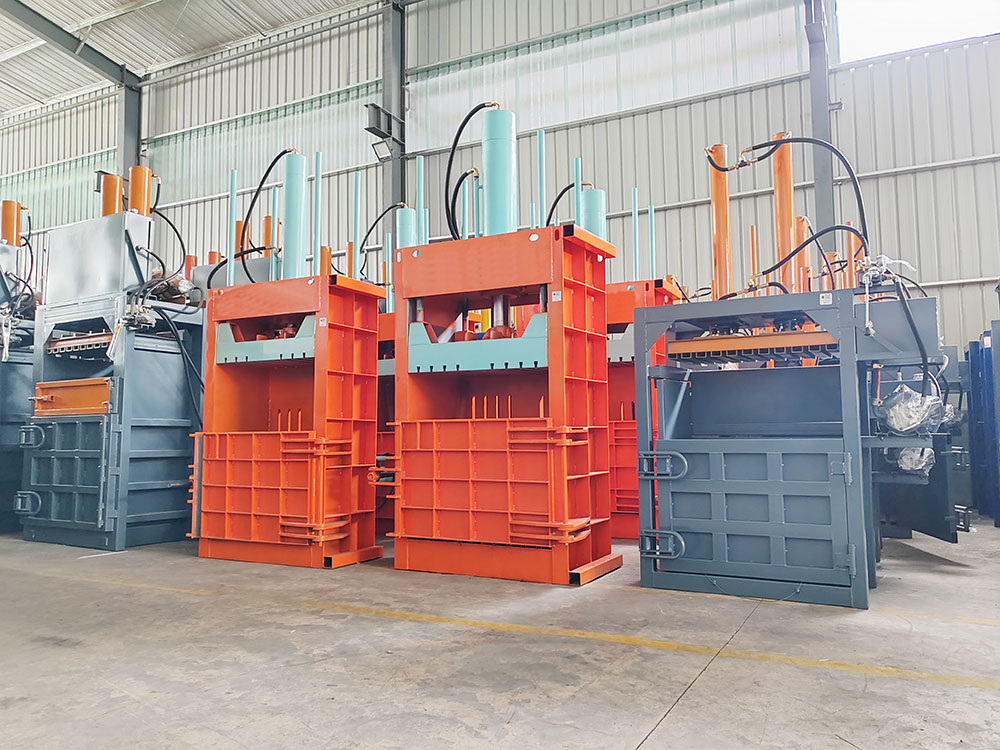
Total Ownership Calculation
Investment Matrix
| Type | Capacity | Price Range | Key Users |
|---|---|---|---|
| Medium Duty | 3-12 tons/day | $25k-$59k | Warehouses |
| Industrial | 12-35 tons/day | $60k-$130k | Distribution hubs |
| Heavy Duty | 35-60+ tons/day | $140k-$210k | Recycling plants |
Critical Value Drivers
-
Material Specifications
- A36 vs. Hardox 450 steel (65% lifespan difference)
- European vs. Chinese hydraulics (40% durability gap)
-
Essential Certifications Certificate Added Cost Market Acceptance CE 8-12% Required for EU OSHA 5-8% North American demand ISO 9001 3-5% Quality assurance proof
Brazilian manufacturer saved $28K with our container optimization program. Need volume discount? Call 0086 13505379893 today.
Conclusion
Hydraulic horizontal cardboard balers4 deliver unmatched efficiency through precision engineering, generating concrete ROI while solving volumetric waste challenges.
-
Explore the concept of material handling capacity and its significance in waste management. ↩
-
Compare vertical and horizontal balers to see which is more effective for your needs. ↩
-
Discover strategies for achieving return on investment through effective waste management. ↩
-
Explore the advantages of hydraulic horizontal cardboard balers for efficient waste management and storage. ↩


